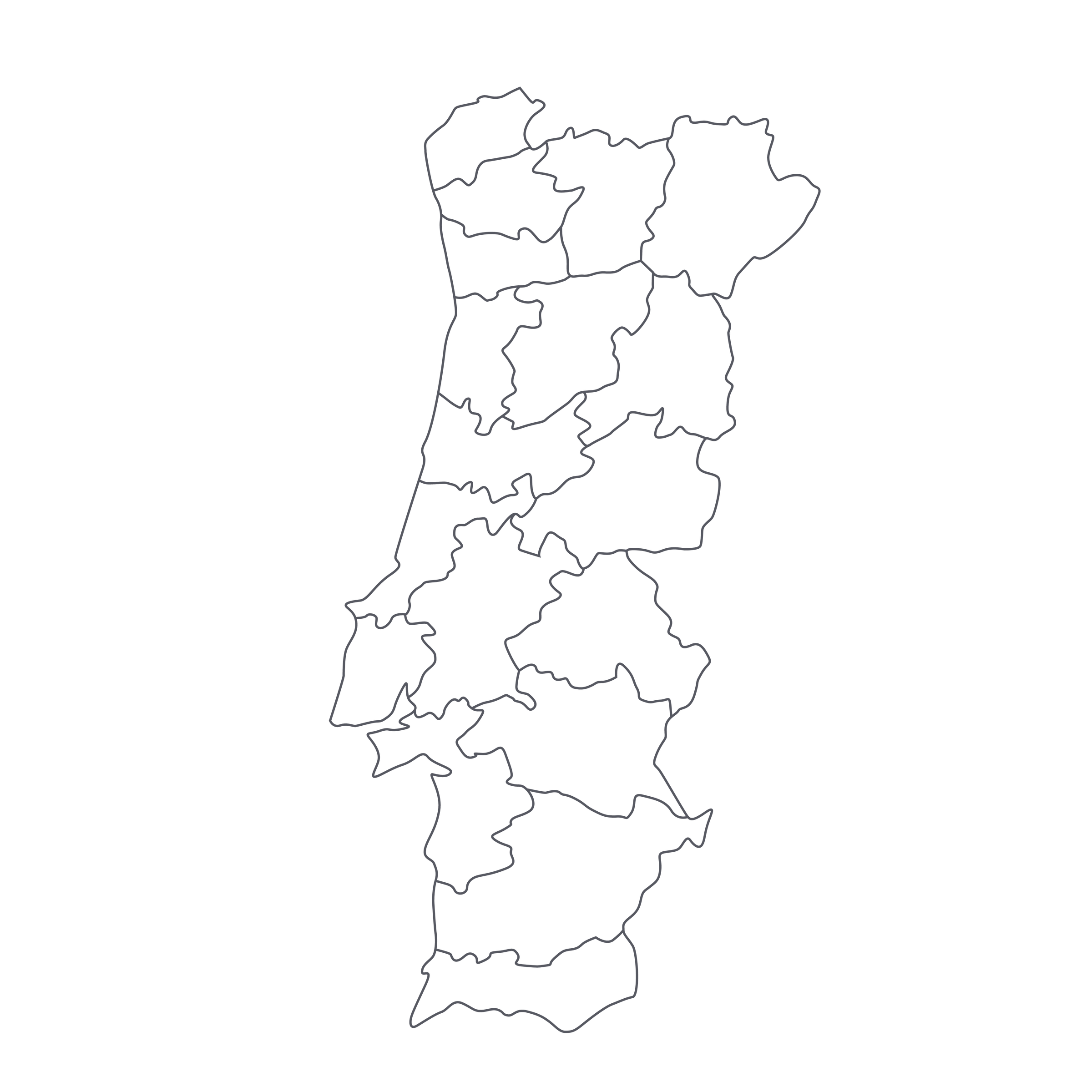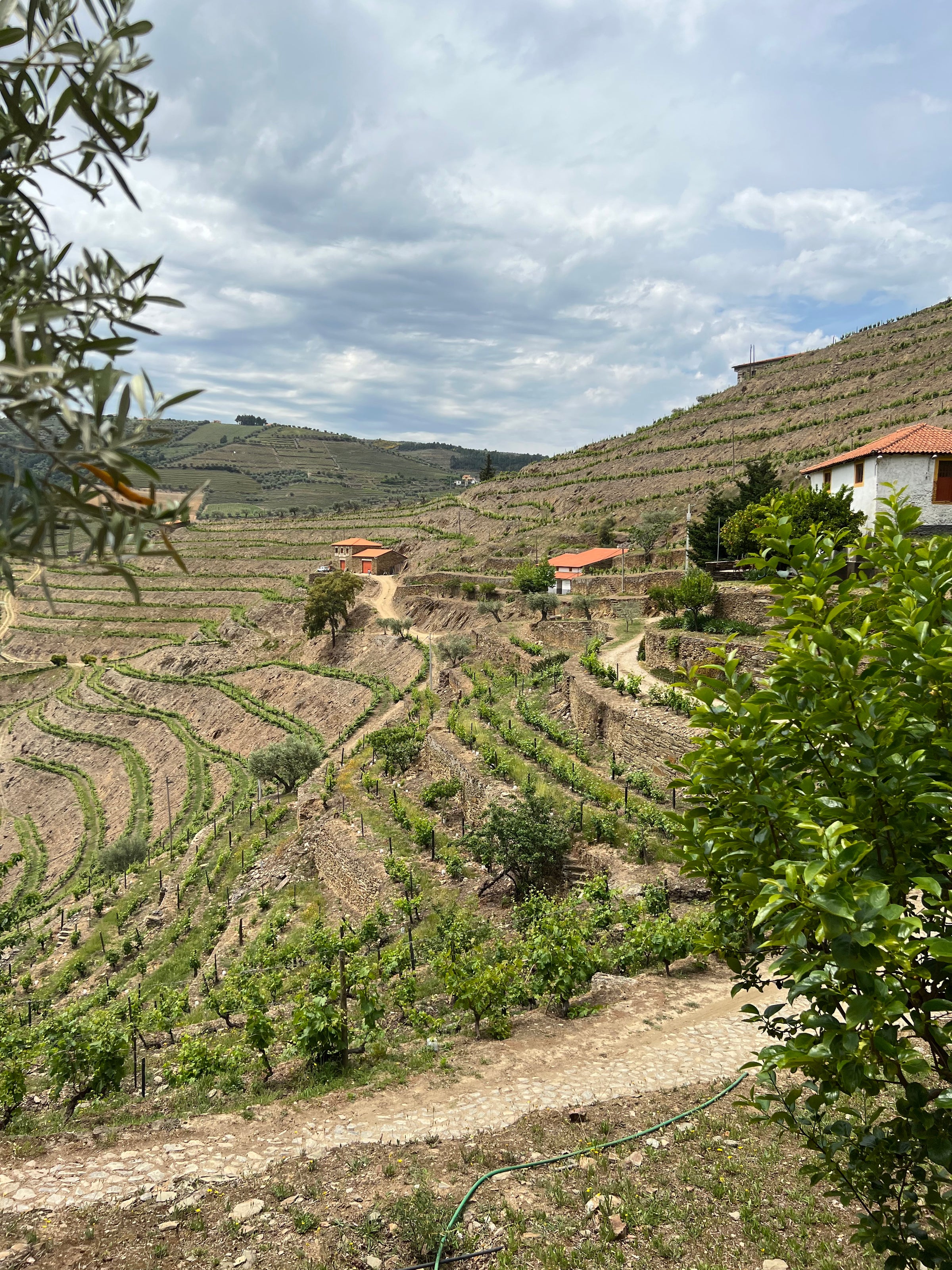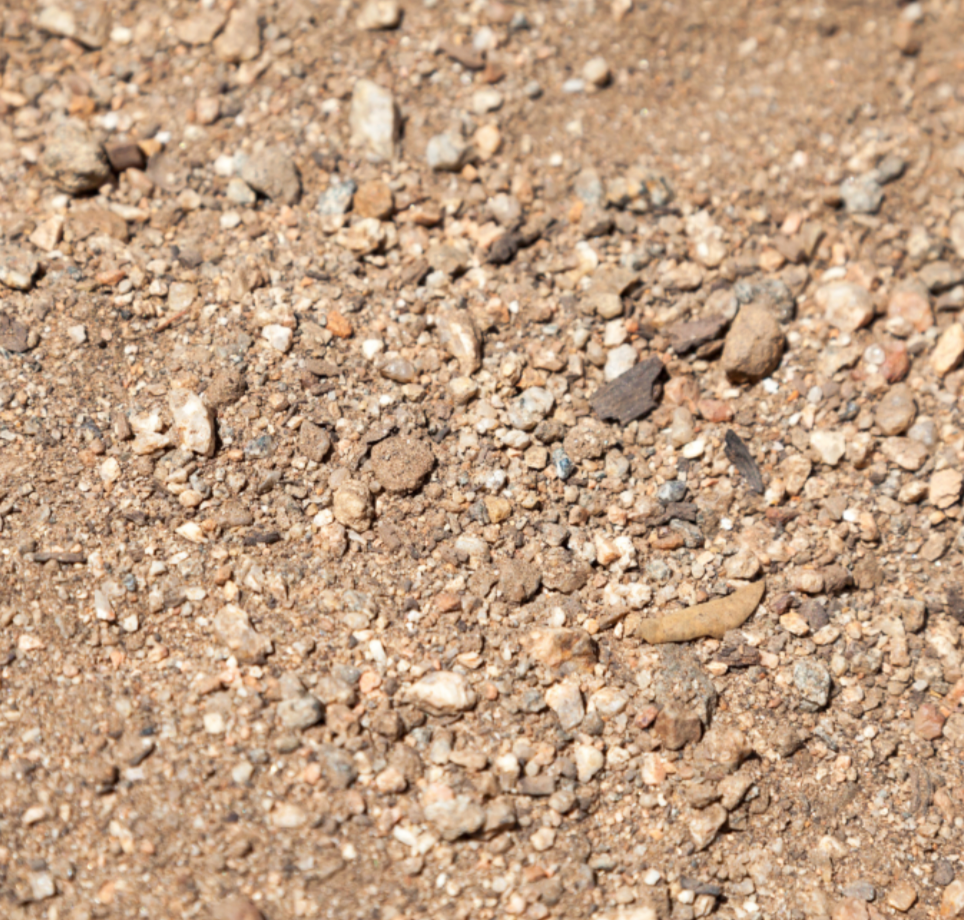The Douro Valley has been Port’s breeding ground for centuries. However, in the past few decades thanks to experimentation amongst winemakers and the evolution of the global market’s tastes, the Douro Valley has also become focused on the production of serious red table wine as well. The steep valley, dotted with intricately terraced vineyards, is carved by the meandering Douro River as its snakes up from the historic towns of Porto and Vila Nova de Gaia. It is here in Northern Portugal’s Douro Valley that some of the most prized terraces in Portugal, once only reserved for the production of Port, give life to vines that deliver remarkable red wines that are capable of rivaling French classics.
Crafted from vines averaging around 25 years of age, this blend of traditional Port grapes including Tinta Amarela, Touriga Franca, Tinta Roriz, Sousão and Touriga Nacional, is full of life and energy thanks to Dirk van der Niepoort’s tireless efforts in organic and biodynamic viticulture. Since 1842, the Niepoort family has been a staple of the Douro Valley’s wine industry for five, going on six, generations and has enjoyed Dirk and his sister, Verena at the helm since 2005. When it comes to understanding the soil, the terroir and listening to an ecosystem teeming with activity, Dirk is truly a passionate steward. While some of the reds of this area can lack vitality and purity, the health of these vines and their environment delivers a wine that is thriving with the energy of this lovingly tended and powerful landscape. The north-facing Quinta de Nápoles vineyard is dominated by schist soils and steeply terraced vines which demands to be slowly harvested entirely by hand. The grapes are transported from the Quinta de Nápoles vineyard in refrigerated vessels to Vila Nova de Gaia across the river to ensure the integrity of the fruit. The wine is fermented in concrete, undergoes partial malolactic fermentation then is aged for twelve months in very old, neutral Port barrels. The wine is then bottled without fining and filtration. The result is a pure red wine, alive with the inimitable character of the Douro, that will charm lovers of classic Bordeaux and intrigue those seeking something more esoteric alike.
The 2012 Niepoort Bioma has a dark ruby core with hints of purple that move to light purple reflections on the rim. Once the wine begins to open up, aromas of freshly picked blackberry, boysenberry, blackcurrant and violets mingle with spicy notes of white pepper, crushed rock, pencil lead, wet leather and tobacco. The aromatics are mirrored on the medium-plus bodied palate, which is almost reminiscent of an elegant Bordeaux crossed with a soft Northern Rhône. The incredibly concentrated palate boasts ample personality and ripe yet slightly dried flavors of blackberry, black cherry, wet violets, tar, crushed black rocks and concludes with white pepper spice, cacao nibs, leather and a hint of tobacco. Open this wine and decant for 30-45 minutes then serve in large stems just above cellar temp (60F); both Burgundy and Bordeaux stems work well for this particular example. I would recommend pairing this wine with the traditional
Portuguese take on Feijoada, which many say was born in Brazil. I remember eating this hearty stew with the picking crews at the end of the work day alongside a healthy dose of dry, red wine. Very few food and wine experiences live up to this memory. Try the recipe for yourself. It is like Portugal’s unique and inspired version of cassoulet and it is a dish that is truly legendary.





